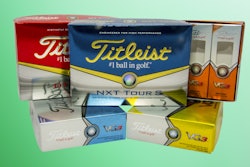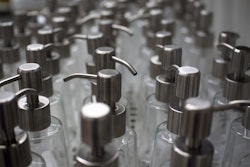
According to a statistic quoted by AMERIPEN, the American Institute for Packaging and the Environment, Americans each drink about 175 gallons of beverages a year. Most of these are delivered in packaging formats that include plastic containers, aluminum and steel cans, glass bottles, gabletop and aseptic cartons, and flexible pouches—each of which is designed for a specific usage occasion, whether for multiple servings at home or individual servings on the go.
To explore the sustainability benefits of this wide array of beverage package types and the materials from which they are produced, AMERIPEN has introduced a new brochure entitled Beverage Packaging: Delivering Taste, Safety, and Sustainability.
“Beverage packaging is a good example of fitting the right material to the right package for the right application,” says Donna Dempsey, Executive Director of AMERIPEN. “It works hard to deliver on all three legs of the sustainability stool—social, economic, and environmental performance.”
Pointing out packaging’s vital role in beverage product protection, the brochure relates that when looked at from a larger systems perspective, the product generally accounts for at least 90% of the total environmental impact, while the package accounts for just 10% (or less). “From an economic and environmental standpoint, the most important role of packaging is damage protection [Oregon Department of Environmental Quality, Life Cycle Inventory of Packaging Options for Shipment of Retail Mail-Order Soft Goods],” the brochure reads.
Beverage packaging’s second job, notes the brochure, is to provide freshness, portion control, and shelf life. Exploring the benefits of smaller packages, AMERIPEN notes that they reduce product waste through portion control and spill reduction. Another package format that reduces waste, it adds, is non-refrigerated packaging, which saves energy and improves shelf life versus time-sensitive refrigerated products.
Reads the brochure, “When it comes to preventing spoilage, spillage, and waste, beverage packaging plays important roles in the ongoing effort to reduce negative economic and environmental impact.”
Beverage containers also provide benefits in line with the EPA’s “reduce, reuse, and recycle” waste reduction hierarchy, the brochure explains. Breaking down the benefits of various materials, the brochure notes that aluminum and steel beverage containers are among the top recycled items, at 55% and 71%, respectively; paperboard and plastic containers offer significant source reduction value; and glass packaging is both recyclable and reusable.

























